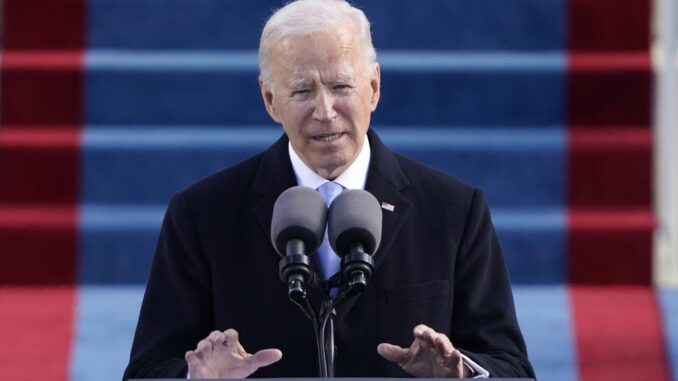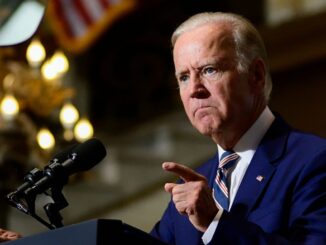
In his inaugural speech today, President Joe Biden spoke about “ a climate in crisis.” Biden has made it clear that climate policy will be one of his administration’s top priorities. If the new president is serious, he should immediately start working to prevent the closure of 5.1 gigawatts of nuclear capacity slated for closure this year.
The reason to keep those nuclear plants operating is obvious: they play a critical role in reducing emissions from the electricity sector. Indeed, the three power plants slated for closure produce about the same amount of electricity as all of the solar capacity in California. (More on that in a moment.) Furthermore, those reactors are providing thousands of high-paid jobs. They also provide stable, baseload power to the electric grid. And unlike solar and wind energy, they don’t require huge amounts of rural land, nor do they need new high-voltage transmission capacity to accommodate their output.
Under his proposed “Energy Efficiency and Clean Energy Standard” Biden has pledged to fully decarbonize the domestic electric grid by 2035. As I explained in these pages last July, achieving that goal in such a short amount of time will be difficult. Achieving it without the massive amount of zero-carbon electricity now being produced by America’s existing fleet of reactors will make that task far more difficult, or maybe impossible.
Let’s look at the numbers. The combined energy output of the three plants slated to be shuttered this year– Indian Point (Unit 3), in New York, and the Dresden and Byron facilities in Illinois – is about 43 terawatt-hours per year.

Three nuclear plants are slated for closure in 2021. Those plants produce about 43 terawatt-hours of … [+]
ROBERT BRYCE
As shown in the graphic above, 43 terawatt-hours is nearly three times as much as was produced by all U.S. geothermal plants in 2019. It’s also nearly three times as much electricity as was produced by all the solar capacity in Spain in 2019 and about 1.5 times as much as all the wind energy that was produced in Iowa in 2019. Need another comparison? The reactors slated for closure are currently producing about as much energy as all of the wind turbines in California, or all of the solar capacity in Germany.
Does Biden have the authority to keep the reactors open and operating? Probably not. But he has the bully pulpit. He should use it to convince Congress to pass legislation that could give the power plants the financial support they need to continue operating. Last August, Exelon Corporation, the owner of the Byron and Dresden plants, said the plants were going to be shuttered because they are “uneconomic” due to “poorly conceived energy policies.” It’s hard to feel sorry for a company as large as Exelon. But it’s also clear that when it comes to low-carbon electricity production, nuclear plants are not competing on a level playing field.
For the rest of the story: Forbs
Robert Bryce is the host of the Power Hungry Podcast. An author and journalist, Bryce has been writing about energy, politics, and the environment for more than 30 years.







